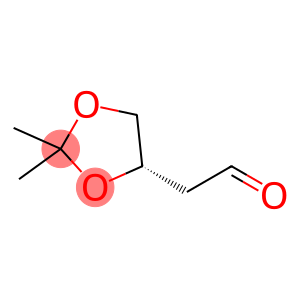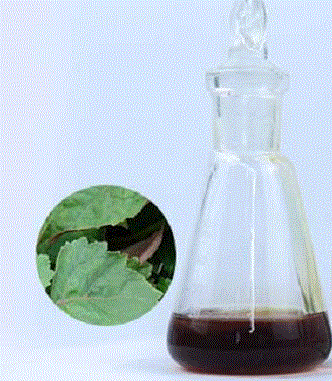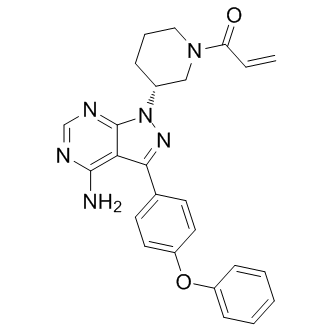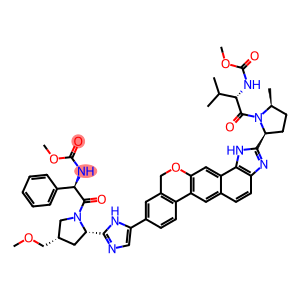ORANGE OIL(CAS#8028-48-6)
| Risk Codes | R10 – Flammable R36/37/38 – Irritating to eyes, respiratory system and skin. R65 – Harmful: May cause lung damage if swallowed R51/53 – Toxic to aquatic organisms, may cause long-term adverse effects in the aquatic environment. R43 – May cause sensitization by skin contact R38 – Irritating to the skin |
| Safety Description | S26 – In case of contact with eyes, rinse immediately with plenty of water and seek medical advice. S36 – Wear suitable protective clothing. S62 – If swallowed, do not induce vomitting; seek medical advice immediately and show this container or label. S61 – Avoid release to the environment. Refer to special instructions / safety data sheets. S36/37 – Wear suitable protective clothing and gloves. |
| UN IDs | UN 2319 3/PG 3 |
| WGK Germany | 1 |
| Hazard Class | 3.2 |
| Packing Group | III |
| Toxicity | LD50(白鼠、兔子)@>5.0g/kg。GRAS(FDA,§182.20,2000)。 |
Introduction
Citrus aurantium dulcis is a natural mixture of compounds extracted from the peel of sweet oranges. Its main components are limonene and citrinol, but also contain some other volatile organic compounds.
Citrus aurantium dulcis is commonly used in products such as food, beverages, cosmetics and detergents. In food and beverages, Citrus aurantium dulcis is often used as a flavoring agent to give the product a fresh orange flavor. In cosmetics, Citrus aurantium dulcis has astringent, antioxidant and whitening effects, and is often used in facial skin care products. In cleaning agents, Citrus aurantium dulcis can be used to remove oil stains and odors.
The preparation method of Citrus aurantium dulcis mainly includes cold soaking extraction and distillation extraction. Cold extraction is to soak the peel of sweet orange in an unsaturated solvent (such as ethanol or ether) to dissolve its aroma components into the solvent. Distillation extraction is to heat the peel of sweet orange, distill the volatile components, and then condense and collect.
When using Citrus aurantium dulcis, you need to pay attention to some safety information. Citrus aurantium dulcis may cause allergic reactions, so it should be used with caution for people with allergies. In addition, Citrus aurantium dulcis may irritate the skin and eyes at high concentrations, so avoid contact with the skin and eyes when using it. When using, you should follow the relevant product guidelines and follow the correct usage. If you accidentally swallow or come into contact with a high concentration of Citrus aurantium dulcis, seek medical advice immediately.



![Urea, N-[[(6'R)-6',7'-dihydro-6'-hydroxy-2',4',6'-trimethyl-7'-oxospiro[cyclopropane-1,5'-[5H]inden]-3′-yl]methyl]-N-hydroxy(CAS#924835-67-6)](https://www.xinchem.com/uploads/hydroxy.gif)




